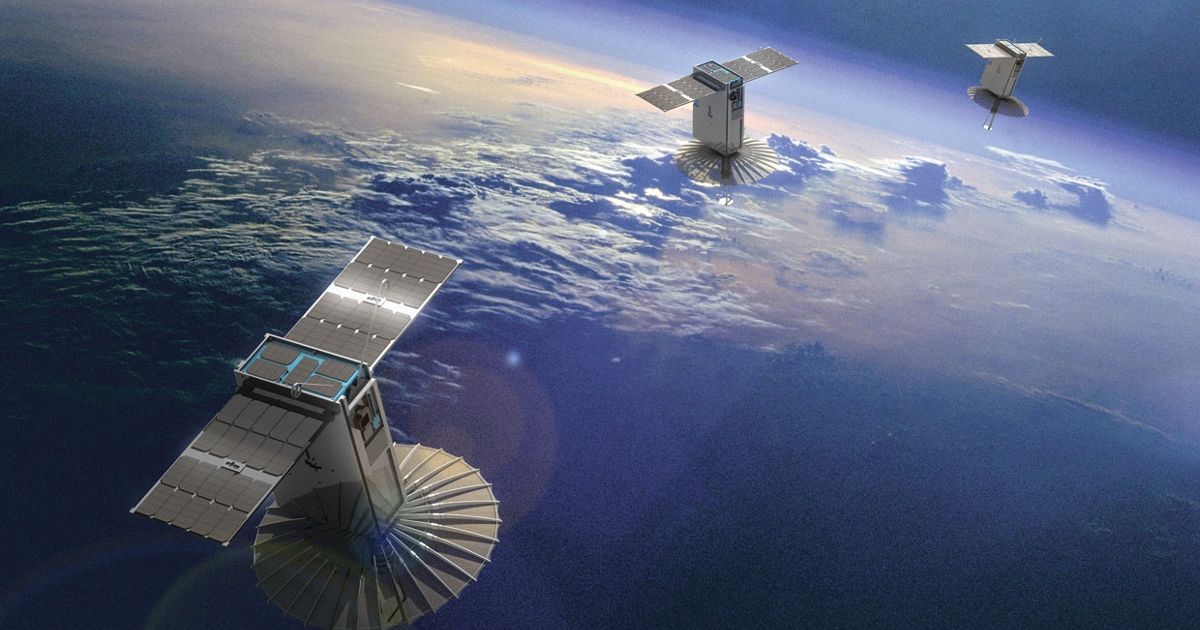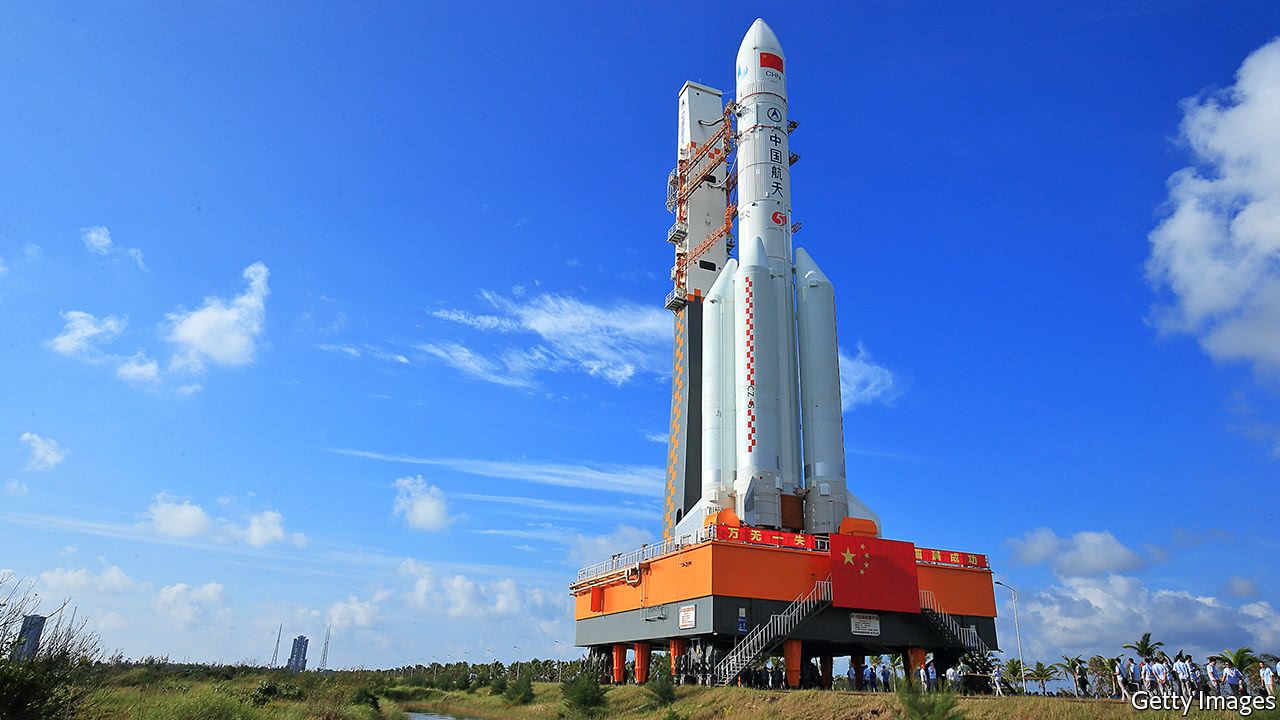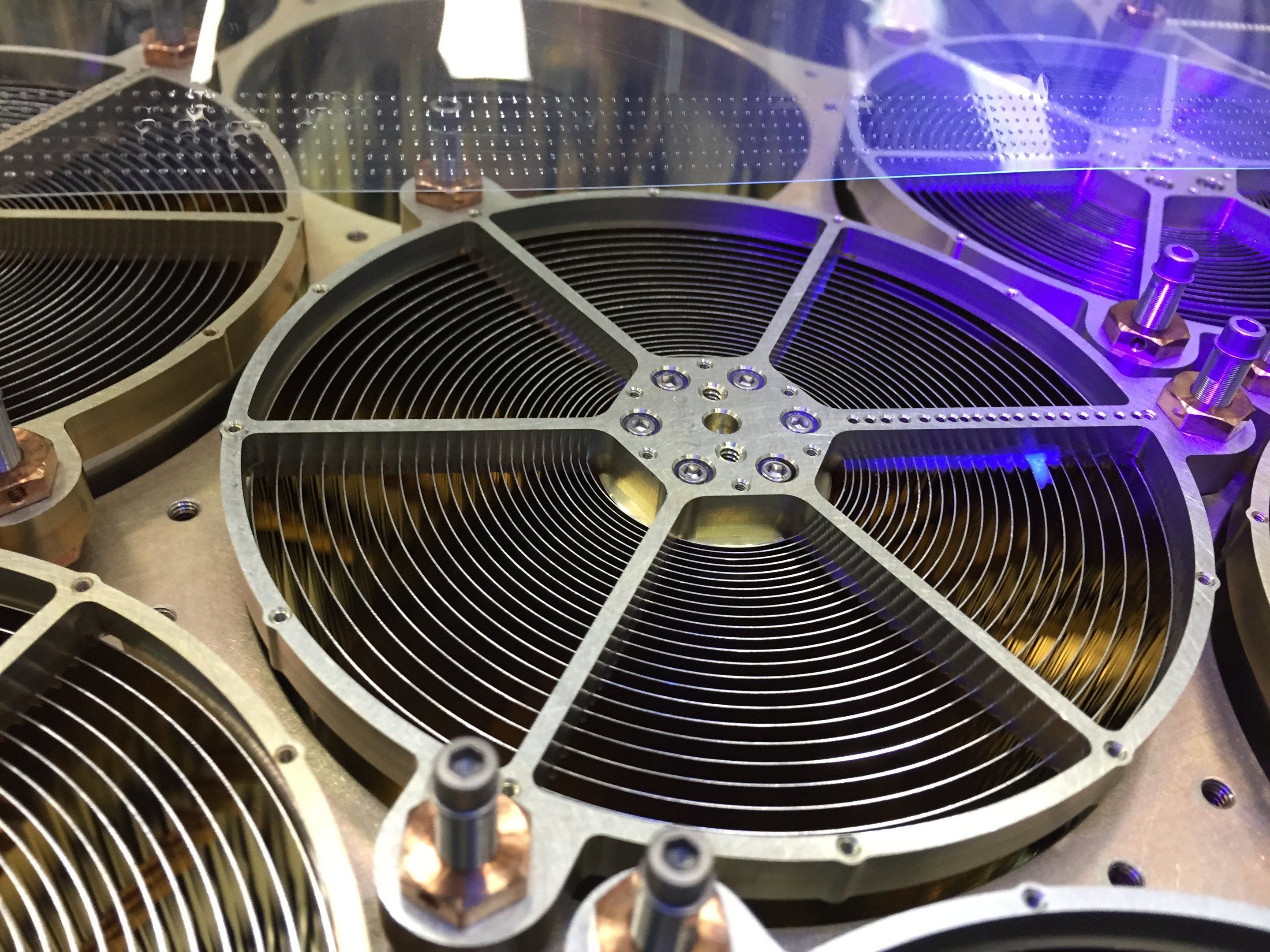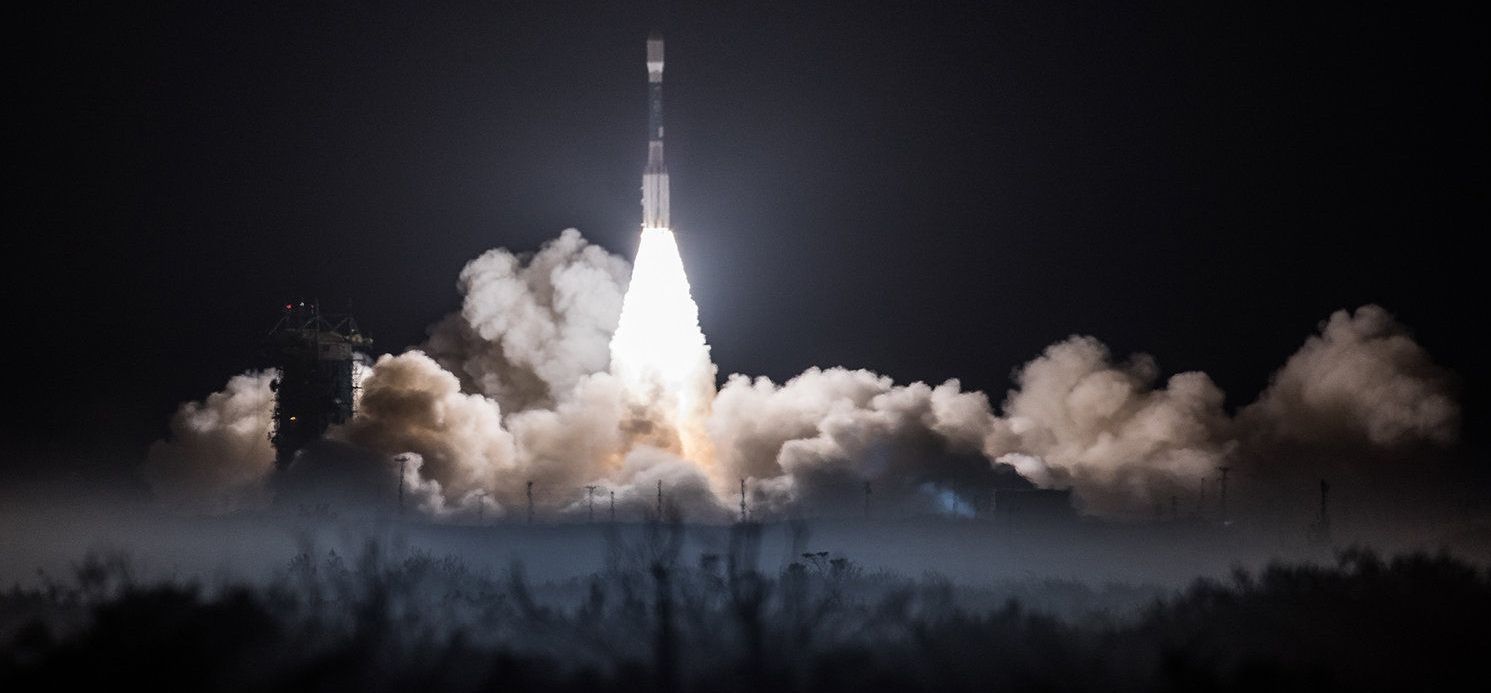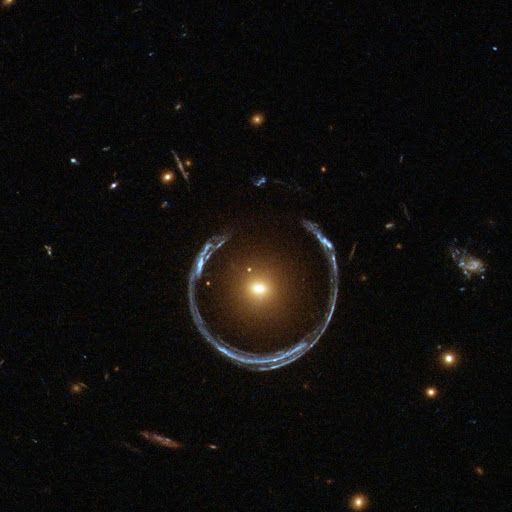Archive for the ‘satellites’ category: Page 164
Jan 24, 2018
Rocket Lab unveils ‘Humanity Star’ – a shiny satellite you can see in space
Posted by Klaus Baldauf in category: satellites

In addition to launching three Earth-watching satellites, Rocket Lab has sent up a satellite you can watch from Earth: a bright and shiny object christened Humanity Star.
Rocket Lab says Humanity Star, a geodesic sphere made of carbon fiber with 65 reflective panels, could well rank as the brightest satellite in the night sky.
Continue reading “Rocket Lab unveils ‘Humanity Star’ – a shiny satellite you can see in space” »
Jan 21, 2018
In Space and Cyber, China is Closing In on the United States
Posted by Klaus Baldauf in categories: encryption, robotics/AI, satellites, security
WASHINGTON — It should be no surprise that China is moving to challenge the United States for dominance in space, cyber, artificial intelligence and other key technologies that have wide national security applications. But the question that is still being debated is whether the United States is taking this threat seriously.
This may not be a Sputnik moment, but the United States could soon be unpleasantly surprised as China continues to shore up its domestic capacity to produce high-end weapons, satellites and encryption technologies, a panel of analysts told the House Armed Services emerging threats and capabilities subcommittee.
At the Tuesday hearing, Subcommittee Chairman Rep. Elise Stefanik, R-N.Y., said lawmakers are not entirely convinced that China’s dominance in many technology sectors is a “foregone conclusion.” But the committee does believe that China’s technological accomplishments should inform U.S. policies and defense investments. [The Most Dangerous Space Weapons Concepts Ever].
Continue reading “In Space and Cyber, China is Closing In on the United States” »
Jan 19, 2018
China’s ambitions in space are growing
Posted by Derick Lee in categories: alien life, government, satellites
That failure, and another one last year involving another type of Long March rocket, slowed China’s space efforts. Officials had hoped to launch around 30 rockets of one type or another in 2017 but only managed 18 (there were 29 launches in America and another 20 of Russian ones—see chart). But they promise to bounce back in 2018, with 40-or-so lift-offs planned this year. These will probably include a third outing for the Long March 5—assuming its flaws can be fixed in time—and missions that will greatly expand the number of satellites serving BeiDou, China’s home-grown satellite navigation system.
NATTY yellow carts whizz tourists around Wenchang space port, a sprawling launch site on the tropical island of Hainan. The brisk tour passes beneath an enormous poster of Xi Jinping, China’s president, then disgorges passengers for photographs not far from a skeletal launch tower. Back at the visitor centre there is a small exhibition featuring space suits, a model moon-rover and the charred husk of a re-entry capsule that brought Chinese astronauts back from orbit. A gift shop at the exit sells plastic rockets, branded bottle openers and cuddly alien mascots.
The base in a township of Wenchang city is the newest of China’s four space-launch facilities. It is also by far the easiest to visit—thanks in part to the enthusiasm of officials in Hainan, a haven for tourists and rich retirees. Wenchang’s local government has adopted a logo for the city reminiscent of Starfleet badges in “Star Trek”. It is building a space-themed tourist village near the launch site, with attractions that include a field of vegetables grown from seeds that have been carried in spaceships.
Jan 19, 2018
First full-colour motion video from satellites
Posted by Klaus Baldauf in categories: mapping, satellites
Earth-i, a mapping service based in England, has launched a prototype of the world’s first full-colour, full-motion video satellite constellation.

British company Earth-i has successfully launched a prototype of its upcoming satellite constellation into orbit. The new network – known as Vivid-i – will be the first of its kind to provide full-colour motion video and the first European-owned constellation able to provide both video and still images.
Jan 11, 2018
NASA team first to demonstrate X-ray navigation in space
Posted by Klaus Baldauf in categories: robotics/AI, satellites
In a technology first, a team of NASA engineers has demonstrated fully autonomous X-ray navigation in space—a capability that could revolutionize NASA’s ability in the future to pilot robotic spacecraft to the far reaches of the solar system and beyond.
The demonstration, which the team carried out with an experiment called Station Explorer for X-ray Timing and Navigation Technology, or SEXTANT, showed that millisecond pulsars could be used to accurately determine the location of an object moving at thousands of miles per hour in space—similar to how the Global Positioning System, widely known as GPS, provides positioning, navigation, and timing services to users on Earth with its constellation of 24 operating satellites.
“This demonstration is a breakthrough for future deep space exploration,” said SEXTANT Project Manager Jason Mitchell, an aerospace technologist at NASA’s Goddard Space Flight Center in Greenbelt, Maryland. “As the first to demonstrate X-ray navigation fully autonomously and in real-time in space, we are now leading the way.”
Dec 30, 2017
To Californians, it looked like a UFO. To Elon Musk, success | Bloomberg | Business Standard
Posted by Odette Bohr Dienel in categories: business, Elon Musk, satellites, space
“The mission from California’s central coast was Space Exploration Technologies Corp’s 18th this year.”
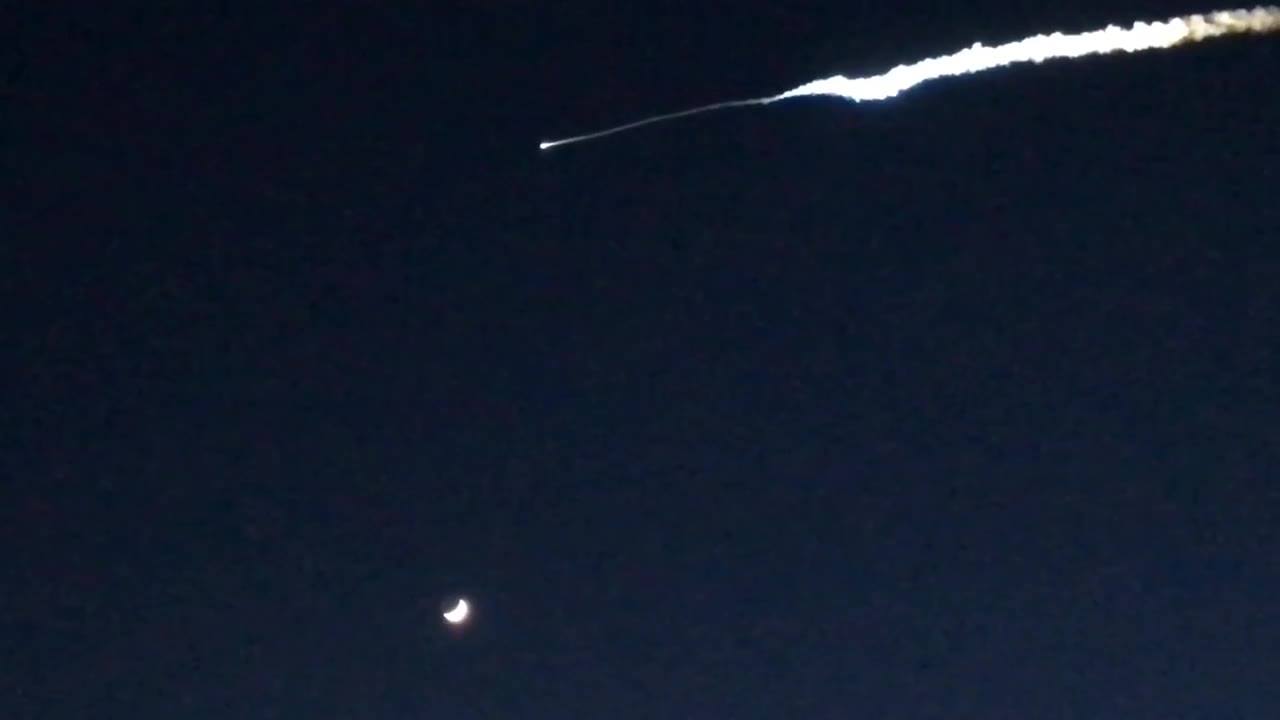
The bright images in the sky that stopped traffic across the Southland came from the SpaceX Falcon 9 rocket, launched from Vandenberg Air Force Base on Friday. The rocket was carrying 10 satellites to low-Earth orbit, all which successfully deployed. (credit: Al Seib / Los Angeles Times) lat.ms/2l0l8Xt
Nov 19, 2017
First-of-Its-Kind Satellite Launches to Track Earth’s Weather Like Never Before
Posted by Genevieve Klien in category: satellites
The first in a series of four advanced polar-orbiting satellites launched to space on its third try early Saturday (Nov. 18), turning its watchful eye to improving the accuracy of weather forecasts and Earth observations.
The new Joint Polar Satellite System-1 satellite, or JPSS-1, launched into orbit atop a United Launch Alliance-built Delta II rocket at 4:47 a.m. EST (0947 GMT), lighting up the predawn sky over its Vandenberg Air Force Base in California. The successful liftoff came after two scrubbed launch attempts earlier this week due to high winds and boats inside the launch range restriction zone offshore.
“Things went absolutely perfect today,” NASA launch manager Omar Baez said after the JPSS-1 launch. “The nation’s got another wonderful weather asset up in space.” [The JPSS-1 Weather Satellite’s Mission in Pictures].
Continue reading “First-of-Its-Kind Satellite Launches to Track Earth’s Weather Like Never Before” »
Nov 18, 2017
AI could be the perfect tool for exploring the Universe
Posted by Genevieve Klien in categories: robotics/AI, satellites
Yes I agree.very good resource for this job!
In our efforts to understand the Universe, we’re getting greedy, making more observations than we know what to do with. Satellites beam down hundreds of terabytes of information each year, and one telescope under construction in Chile will produce 15 terabytes of pictures of space every night. It’s impossible for humans to sift through it all. As astronomer Carlo Enrico Petrillo told The Verge: “Looking at images of galaxies is the most romantic part of our job. The problem is staying focused.” That’s why Petrillo trained an AI program to do the looking for him. Petrillo and his colleagues…
